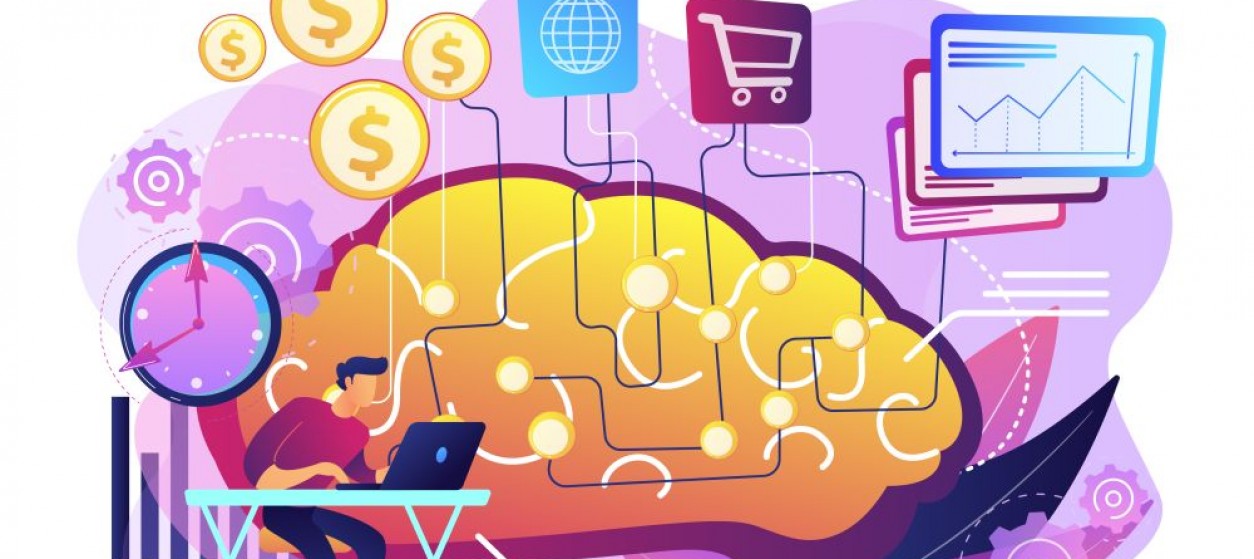For over a decade, the rapid adoption of cloud computing has revolutionized how businesses operate. Indeed, the advent of cloud services has enabled enterprises to access computing resources in very flexible ways regardless of time and their users’ locations. Most importantly, it has helped enterprises to benefit from on-demand, cost-effective access to the exact number of compute, storage, and software resources that they need. Nevertheless, cloud computing has also expanded the attack surface for cybercriminals, which asks for more effective security solutions.
In 2025, enterprises are increasingly using Artificial Intelligence (AI) to implement advanced Cloud security strategies. However, AI Cloud Security emerges as both a shield and a sword: It offers unprecedented defensive capabilities while simultaneously empowering adversaries with sophisticated attack tools. This duality demands a careful approach to risk management, which must blend automation, Machine Learning, security standards, and regulatory frameworks in order to stay ahead of threats.
The Double-Edged Sword of AI in Cloud Security
Nowadays AI technologies such as Machine Learning (ML) form a Cyberdefense Powerhouse. Specifically, modern ML-based security solutions can analyze vast datasets to identify patterns invisible to human analysts. Prominent examples of such analysis include:
- Predictive Threat Detection: AI models trained on historical attack data can forecast vulnerabilities in cloud configurations, which enables preemptive patching.
- Behavioral Anomaly Detection: It is nowadays possible for modern organizations to establish baselines for normal network activity. Considering these baselines, AI systems can flag deviations like unauthorized access attempts or abnormal data transfers. State of the art security tools already leverage such capabilities to block credential-stuffing attacks in real time.
- Automated Incident Response: When breaches occur, AI can isolate compromised systems, revoke access privileges, and deploy countermeasures within milliseconds. This leads to new efficiencies that outpace conventional solutions that involve manual intervention.
Unfortunately, AI is also a Threat Accelerator. This is because cybercriminals can now weaponize AI to bypass traditional defenses as part of use cases like:
- Deepfake Social Engineering: In this case, AI-generated voice clones mimic executives to authorize fraudulent transactions. This is a tactic that has led to a 300% rise in Business Email Compromise (BEC) scams since 2023.
- Adaptive Malware: AI-driven malware modifies its code dynamically to evade signature-based detection. To this end, adversaries tend to exploit zero-day vulnerabilities in cloud Application Programming Interfaces (APIs).
- Hyper-Targeted Phishing: Natural Language Processing (NLP) can nowadays be used to craft personalized phishing emails. This increases click-through rates by 40% when compared to generic campaigns, which helps malicious cybercriminals to be much more successful when performing such attacks.
Machine Learning Security Solutions in Action
One of the most prominent ML-based functionalities for cloud-security involves automated Real-Time Cloud Threat Detection. In this case, AI transforms rapidly raw log data into actionable insights. To this end, different ML-based techniques can be used, including:
- Unsupervised Learning: There are ML systems that detects novel attack vectors by clustering anomalies in network traffic. This can be done based on unsupervised learning techniques i.e., even without labeled training data.
- Supervised Learning: ML systems trained on labelled datasets achieves almost 99% accuracy in classifying malicious activity. To this end, the must be trained on properly curated datasets.
- API Security Monitoring: AI can also track abnormal API call sequences (e.g., sudden spikes in data extraction requests) to pinpoint credential abuse or misconfigured endpoints.
AI based systems can be also deployed to improve cloud security based on automated risk mitigation. Some of the most prominent techniques in this direction include:
- Dynamic Access Controls: AI adjusts permissions based on contextual factors like device posture and user behavior. For instance, a login attempt from an unrecognized location triggers multi-factor authentication.
- Self-Healing Systems: Self-healing systems are increasingly used by cloud developers and engineers in order to deliver increased and automated resilience against potential threats. For instance, Kubernetes clusters with embedded AI can roll back compromised containers and redistribute workloads without human input.
Challenges in AI-Powered Cloud Security
Unfortunately, the benefits of AI-based cloud security do not come without challenges. Some of the most prominent challenges include:
- Data Scarcity and Bias: Many organizations lack labeled datasets to train ML models. This leads to reliance on synthetic data that may not reflect real-world attack patterns. Furthermore, biased training data can lead to false negatives such as overlooking threats that target less-monitored regions.
- Skills Gap: Many enterprises report shortages in staff capable of tuning AI models or interpreting their outputs. Therefore, overdependence on automation risks leads to an automation fatigue where teams ignore critical warnings due to information overload.
- New Adversarial Attacks: In recent years there are also attackers that exploit ML model weaknesses by injecting malicious data during training (i.e., the so-called data poisoning attacks) or crafting inputs to deceive detection systems. These new attacks create additional concerns and call for new cyber-defense measures.
Evolving Cloud Security Policies in the AI Era
The evolution of AI-based cloud security is changing the way standards-based cybersecurity is implemented. For instance, AI technologies impact adherence to the following standards and processes:
- Implementation of Zero Trust Architecture (ZTA): The NIST SP 800-207 standard mandates continuous authentication. AI boosts this direction based on a continuous evaluation of trust scores based on device health, user behavior, and transaction context.
- Automated Compliance Audits: Tools like Google’s BigQuery analyze petabytes of log data to verify adherence to regulations like the General Data Protection Regulation (GDPR) and the Health Insurance Portability and Accountability Act (HIPAA). With AI tools it is possible to generate detailed audit reports in minutes.
- Shared Responsibility Redefined: Cloud providers now offer AI-driven Security Posture Management (CSPM) tools. The latter shift patch deployment and configuration oversight to automated systems
Organizations adopting these standards can significantly reduce breach risks compared to those relying on ad-hoc measures.
The Path Forward
The future of AI Cloud Security hinges on balancing innovation with vigilance. While Machine Learning Security Solutions like automated threat hunting and adaptive firewalls slash response times, human expertise remains important when it comes to interpreting AI outputs and refine policies. Investments in upskilling teams, curating diverse datasets, and adopting frameworks like NIST’s AI Risk Management Framework will separate resilient enterprises from vulnerable ones in this new era of automated risk management. Modern enterprises must plan for such investments in the scope of their cloud security implementation roadmap.










